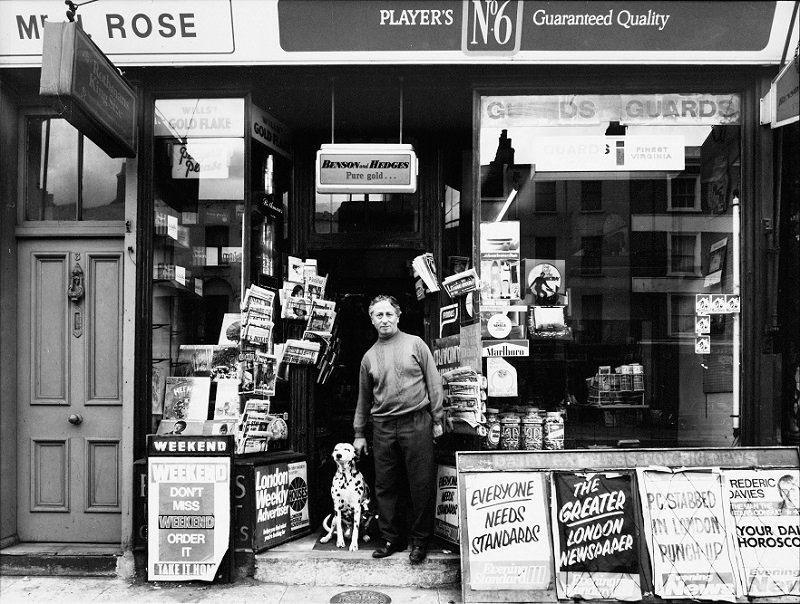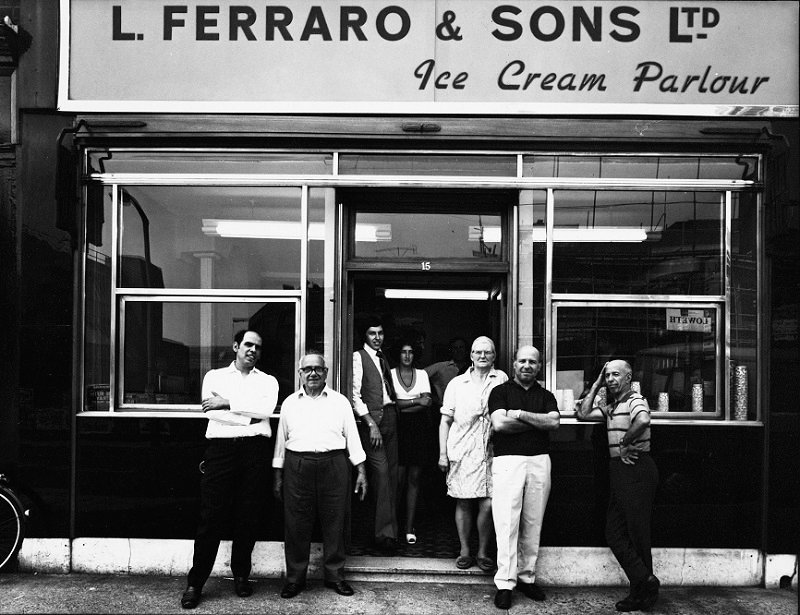South London Memories: 115 years of business up the Elephant
A startlingly well-preserved series of photos that span more than a century have emerged to show life on a London road, revealing changes in its look and communities, writes James Twomey.
Portrait of a London Road: 1904, 1975, 2019 showcases Elephant and Castle’s London Road, the north-west vein to the heart of the Elephant and Castle roundabout.
The 1904 series was made by Ernest Miller, one of several surveyors photographing the road following the opening of the Northern line.

In 1890, the Northern line arrived in Elephant and Castle, bringing with it a tide of change. Soon after came electric trams in 1903, motor buses in 1904, and the Bakerloo line – originally called the Baker Street and Waterloo Line – in 1906.
Slum developments soared in Elephant and Castle like many other places in London in the late 19th and early 20th century.
Mr Miller’s survey images had the accidental effect of recording and documenting the businesses, and occasionally people, on the road of the time.

In 1904 these included a coffee palace, newsagents, ironmongers, tea stores, furnishers, photography studios, a pub, a bakery, tailors, butchers, jewellers, watchmaker, cheesemonger and a chemist.
Bombing destroyed much of the area in the Second World War, leaving 50 acres of land in need of redevelopment.
This formed the structure of the Elephant and Castle you see today, with the installation of high rise housing blocks and the roundabout at its centre.

The dance hall in the middle of the roundabout was replaced with an electric substation in 1961, named the Michael Faraday Memorial, after the scientist – one of the area’s most notable figures, born in 1791, in Newington Butts.
In 1975, Elephant and Castle’s London Road had a range of independent businesses and homes: pubs, bookshops, a cash and carry, an ice cream parlour, cafes, ironmongers and newsagents, depicted in the exhibition’s images.
A decade after the Elephant and Castle shopping centre was finished, Elephant and Castle was a melting pot of nationalities and cultures with arrivals from commonwealth nations.

There were no chain stores that were becoming a fixture on the British high street at the time.
Bruce Rae documented the people behind the businesses of London, photographing owners, workers and families outside their shop fronts in a series celebrating a community on the verge of significant change Mr Rae was a photography lecturer at London College of Communication – then called London College of Printing – in 1975, 13 years after the college had relocated to Elephant and Castle.
His image series was produced over six weeks during a transitional phase for British photography and photographic education.
Photography at the college was taught from the top of the tower block and saw a change in tutors from a largely commercial background to more documentary-based photographers.

The exhibition brings together these historic documentations of London Road with contemporary colour photographs of London Road today, taken by photographer and curator of the London College of Communication History Project, Robin Christian.
The free exhibition Portrait of a London Road: 1904, 1975, 2019 will take place at London College of Communication in Elephant and Castle, from November 4 to January 15, 2020.



